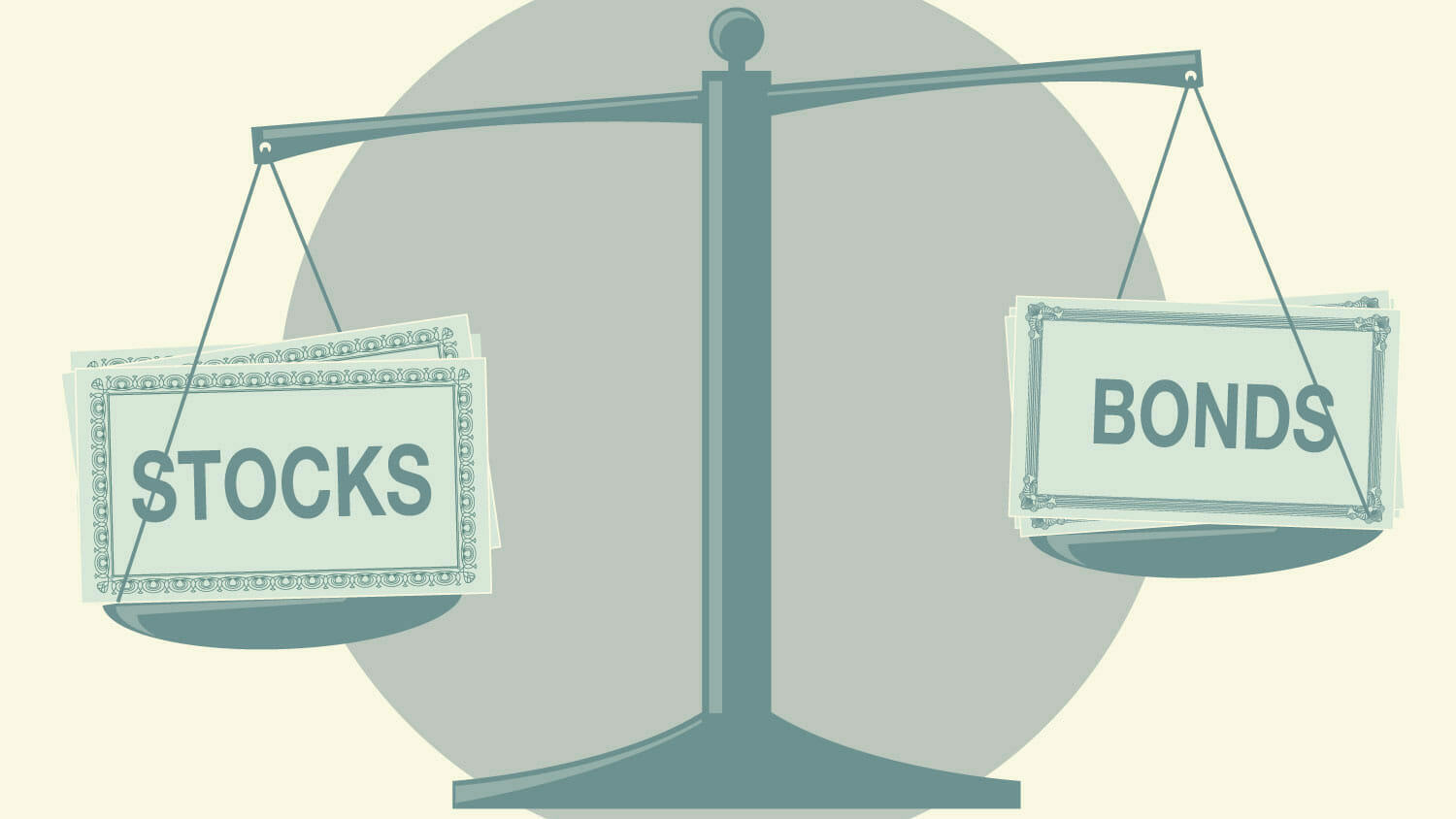If you’re an intelligent investor, you would have chosen the right asset mix for your Portfolio, depending on your risk appetite and financial objectives. However, keeping an asset mix consistent with your principles requires regular Asset rebalancing.
What is Rebalancing?
An investor uses the rebalancing process to return their Portfolio to the target proportion. Rebalancing involves dividing up assets equally. This step in the portfolio management process is quite crucial.
When is the best time to Rebalance your Asset Portfolio?
Rebalancing can be done in two ways:
- Based on the Calendar
You can rebalance your Portfolio regularly (like once a year).
- Based on the Investments
When you are out of Investments or in a higher volatile situation.
What are the Types of Rebalancing?
As markets are erratic, you won’t have much control if some of your assets appreciate more quickly than others. So, you can rebalance your Portfolio mainly in three different ways. They are as follows:
- Determine which asset classes have changed from the planned allocation. It would be best to decide whether an asset class has diverged sufficiently to violate a tolerance level.
- For low-performing assets, you can purchase new investments.
- To bring investments in line with the planned allocation, sell those in an exceeding asset. Then invest the money from that sale in the asset classes that fell short of your desired budget.
Rebalance using Mutual Funds
When you’re an investor unsure whether to invest in debt or equities, invest in a Dynamic Asset Allocation (DAA) or Balanced Advantage Funds. Mutual funds are your best option if you’re attempting to rebalance your Portfolio. For instance, HDFC mutual fund dynamically manages its assets in stock and debt instruments.
What are Balanced Advantage Funds?
Mutual funds that invest in equity and debt securities are Balanced Advantage Funds. Due to the dynamic nature of these funds, fund managers are free to choose whether to invest more in equities or debt depending on market conditions and are subject to asset allocation constraints.
Why should you start investing in Balanced Advantage Funds?
You can invest in Balanced Advantage Funds due to the following reasons:
1. Stable Returns
A balanced advantage fund such as HDFC balanced adv fund dynamically invests in debt and equity. Investors are given a debt cushion; as a result to combat the volatility of the equity markets. The returns produced by balanced advantage funds may be more consistent than those of equity funds.
2. Lower risk
Balanced advantage funds can help reduce total portfolio risk. Balanced advantage funds are a wise investment if you have a modest risk tolerance, as the fund portfolio has less exposure to the impulses of the equity markets and substantially reduces the risk of capital erosion.
3. Less Monitoring
Keeping track of and monitoring the performance of several securities can be time-consuming. You can diversify your Portfolio among various bonds and equities instruments with the help of a reputed balanced advantage fund such as HDFC balanced adv fund.
4. Dynamic Strategy
Balanced advantage fund managers employ a dynamic asset allocation technique. During periods of economic expansion when markets are bullish, the fund manager may switch certain investments from debt to equity securities. In contrast, fund management may switch some investments from equity to debt instruments during economic downturns.
5. Tax Benefits
Depending on your asset allocation, the funds may be taxed as debt or equity. However, most funds continue to hold equity exposure to stock derivatives to take advantage of the equity tax treatment. When shares are expensive, you use hedging strategies or arbitrage opportunities to lower risk, allowing them to maintain their equity exposure.
You may reap the most significant rewards by investing in the best mutual fund, such as the HDFC balanced adv fund. Thus, like other funds in this hybrid category, HDFC Mutual fund invests in debt and equity and continuously adjusts the asset allocation of the entire Portfolio depending only on market swings.
Final Thoughts
If you have mutual funds or are considering investing in them, consider using theHDFC Mutual fund.
You can keep your initial asset allocation plan and adjust your investment approach by rebalancing your Portfolio. Rebalancing helps you adhere to your investment strategy, enabling you to stick to your risk tolerance levels regardless of what the market does.





Be First to Comment